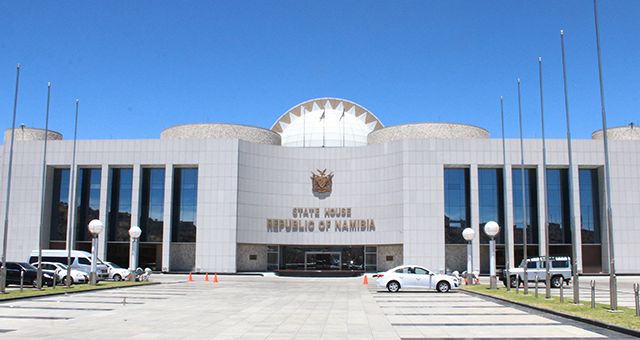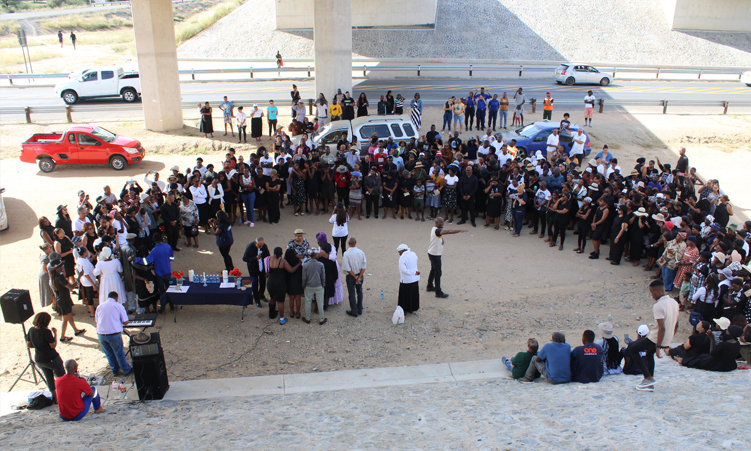THE latest game count indicates a drop in the number of game in the Gondwana Canyon Park at the Fish River Canyon in the South.
The count took place over the Easter weekend in the 126 000-hectare private nature reserve.
But conservationists Dr Chris Brown and Jo Tagg say that the actual numbers of animals of most species in the park are probably higher than reflected in the count. They argue that some animals might have used the light of the full moon the night before counting to graze or browse, thus not showing up at all.In addition, they believe the high grass made a lot of small animals ‘invisible’, for example springbok resting on the ground, while high temperatures (30 degrees at 10h00, compared to 10 degrees at 10h00 on the game count last year) also meant that a lot of animals likely remained in the shade of bushes or trees.The conservationists suggested a repeat count on some routes to ascertain whether the number game in the park had actually dropped. Despite being disappointed in the decrease of the number of game species counted, the conservationists were over the moon that recently introduced species including Burchell’s zebra, red hartebeest and blue wildebeest have multiplied in numbers. According to projections, the park is home to about more than 3 500 Springbok, 400 gemsbok, 520 kudu, 250 steenbok, 230 mountain zebra, 250 ostrich and 100 klipspringer.To count the game, volunteers in groups drove on eight standardised routes covering the diversity of terrains in the Park, such as open plains, rocky ground, inselbergs and rivers.Each team was provided with a satellite map which has the specific route drawn onto it. The area in question was divided into quadrants of 2 km x 2 km. No binoculars were used during the counting. This means that in effect road corridors with a sighting width of about 1 000 m were covered. At each sighting the species and number of animals were recorded, the distance (at right angles from the road to the time of the sighting) and the quadrant. Young animals were counted separately. The counting method is designed for plains game that is relatively common. luqman@namibian.com.na
Stay informed with The Namibian – your source for credible journalism. Get in-depth reporting and opinions for
only N$85 a month. Invest in journalism, invest in democracy –
Subscribe Now!










